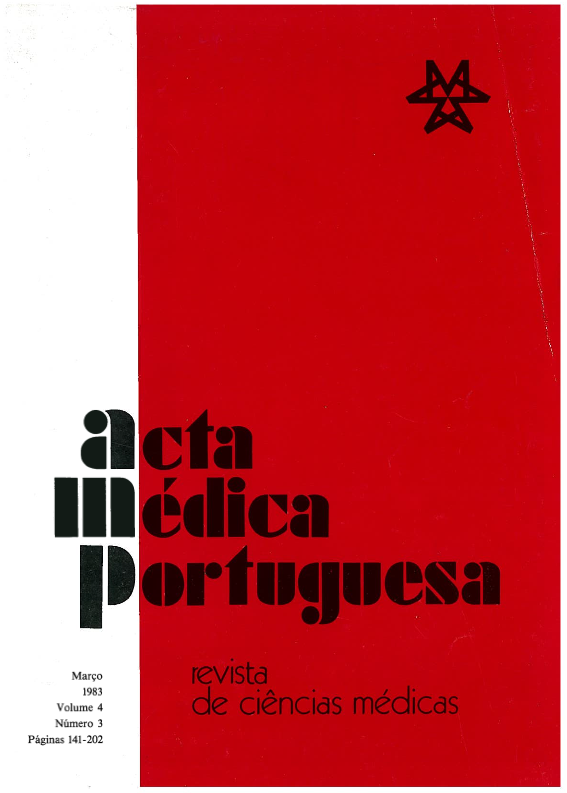Side-to-side Choledochoduodenostomy in the Management of Choledocholithiasis and/or Associated Pathology-Facts and Fiction.
DOI:
https://doi.org/10.20344/amp.3783Resumo
Ascending cholangitis, the sump or blind-sac syndrome and alkaline reflux gastritis are drawbacks commonly ascribed to this surgical procedure. Most surgeons look down at this operation as a last resort measure to be utilized only on elderly patients and only on ducts wider than 15 mm. Trying to verify the pertinency of such, alleged, inconveniences and limitations a personal series is analysed, retrospectively until 1976 and prospectively from then on. A total of 61 of these operations were performed (1973-81), on 47 women and 14 men, 25% below 50 years of age, 33% over 70,14 of them as Resurgery. Intravenous cholangiography was obtained, preoperatively, for evaluation of the duct width, which was less than 15 mm in 20 patients (32%). The follow-up period, surpassing 2 years in 26 (43%), includes clinical interviews and Liver biochemistries every 6 months and ERCP 12-18 months after surgery. One patient died during the immediate postoperative period and significant morbidity developed in 5 others (8,1%), the postoperative hospital stay averaging 7 days. The long term results on the survivors are classified as EXCELLENT in 48, GOOD in 8, FAIR in 3 and POOR in 1. It is concluded that this is a safe and very effective therapeutical measure, even when carried down on ducts less than 15 mm wide, provided a few technical requirements are respected. It does not carry the inconveniences usually ascribed to it. The excellent long term results of this series allow us to liberalize its utilization, even more so on young patients.
Downloads
Downloads
Como Citar
Edição
Secção
Licença
Todos os artigos publicados na AMP são de acesso aberto e cumprem os requisitos das agências de financiamento ou instituições académicas. Relativamente à utilização por terceiros a AMP rege-se pelos termos da licença Creative Commons ‘Atribuição – Uso Não-Comercial – (CC-BY-NC)’.
É da responsabilidade do autor obter permissão para reproduzir figuras, tabelas, etc., de outras publicações. Após a aceitação de um artigo, os autores serão convidados a preencher uma “Declaração de Responsabilidade Autoral e Partilha de Direitos de Autor “(http://www.actamedicaportuguesa.com/info/AMP-NormasPublicacao.pdf) e a “Declaração de Potenciais Conflitos de Interesse” (http://www.icmje.org/conflicts-of-interest) do ICMJE. Será enviado um e-mail ao autor correspondente, confirmando a receção do manuscrito.
Após a publicação, os autores ficam autorizados a disponibilizar os seus artigos em repositórios das suas instituições de origem, desde que mencionem sempre onde foram publicados e de acordo com a licença Creative Commons









